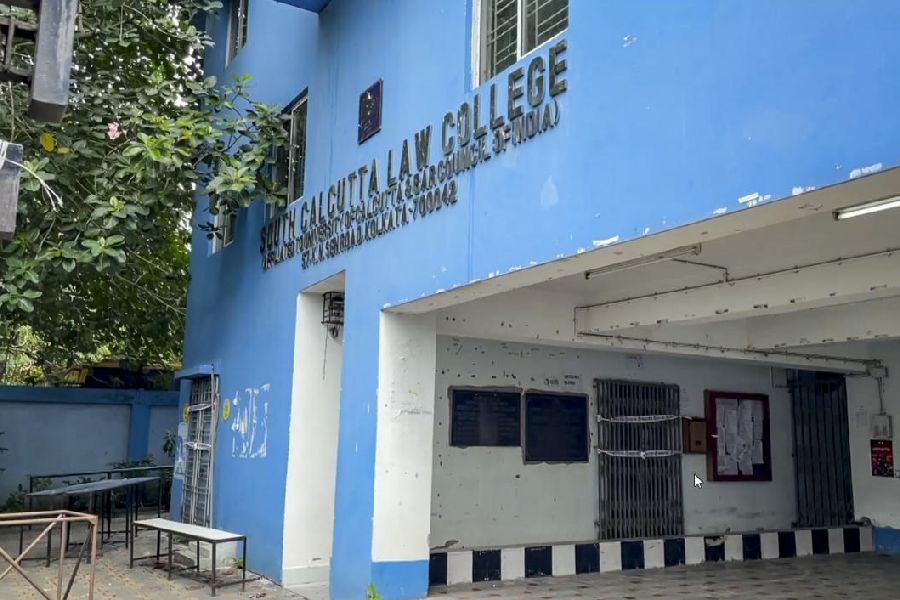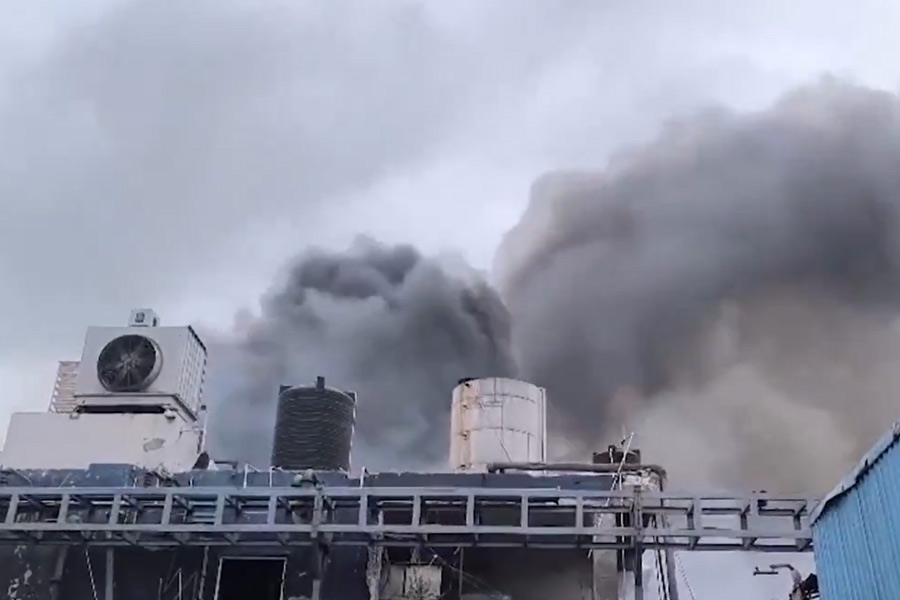Bhubaneswar, June 11: Combing operation along Orissa-Chattisgarh border was today intensified as Maoists gunned down three more CRPF jawans in the neighbouring state where the rebels are on a killing spree.
Senior police officials here said that with a spurt in violence by the Maoists across the border, Orissa government could ill-afford to be complacent. “We share a very sensitive border with Chhatisgarh and we are aware of the fact that Maoists from the neighbouring state have been taking shelter and operating on our side. Hence we have stepped up vigil on the border,” an officer said.
Stating that a joint combing operation was launched along the border by Orissa and Chhatisgarh police over a week ago when nine jawans from the BJP-ruled state were killed on the edge of Sunabeda sanctuary, officials said additional deployment in the area had become necessary in view of the latest developments.
The Sunabeda sanctuary, which encompasses a large part of Nuapada district in Orissa and extends right upto Chhatisgarh border, seems to be the latest target of Maoists from the two states. During the last few days two more persons have been killed by the rebels in the area around the sanctuary.
Sources said the Maoists were trying to set up a base in the sanctuary as it could serve as an ideal hide-out for them. Besides it could also facilitate the inter-state movement of Red cadres on both the sides.
“As it is, Maoist leaders and cadres from the neighbouring state have become quite active in Orissa during the past few years. They have been involved in some big operations including the attack on Nayagarh town in 2008,” said a senior officer emphasising the need for curbing their activities by keeping a watchful eye on the border and forest-clad areas such as Sunabeda sanctuary.
The situation has aggravated with Maoists in Orissa and its neighbouring states such as, Chhatisgarh, Jharkhand and Andhra Pradesh now working under a unified command that makes it easy for the cadres from these states to engage in cross-border operations.
“The idea of unified command was born after the merger of two major Naxal groups, the People’s War and the Maoist Communist Centre. At the time of merger, the People’s War had its stronghold in Andhra Pradesh and southern Orissa apart from parts of Chhattisgarh while MCC was active in Jharkhand,” explained an officer. He pointing out that joint operations by Maoist cadres from different states made it difficult for the police to identify and nab them. The officer cited the example of Maoist attack on Nayagarh town in 2008. He said the entire operation was planned and executed by rebels from Chhatisgarh and Andhra Pradesh with Maoist rank and file from Orissa only providing them logistical support. “The entire character of Maoist operation has changed which is the biggest challenge before the police,” he averred.










